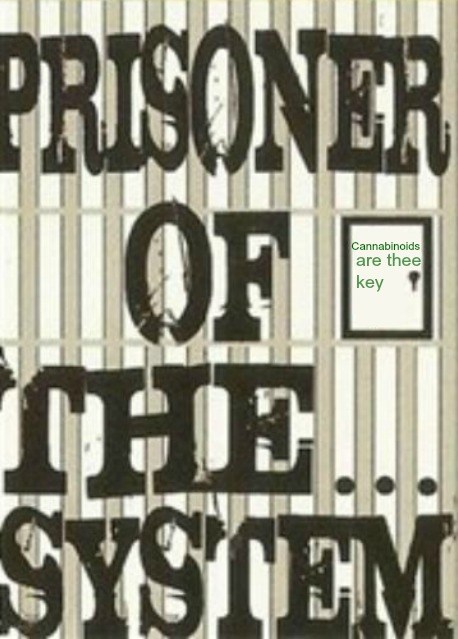GPR55, a G-Protein Coupled Receptor for Lysophosphatidylinositol, Plays a Role in Motor Coordination.
Source
The Cain Foundation Laboratories, Baylor College of Medicine, Houston, Texas, United States of America ; Jan and Dan Duncan Neurological Research Institute at Texas Children’s Hospital, Baylor College of Medicine, Houston, Texas, United States of America ; Department of Pediatrics, Baylor College of Medicine, Houston, Texas, United States of America.
Abstract
The G-protein coupled receptor 55 (GPR55) is activated by lysophosphatidylinositols and some cannabinoids. Recent studies found prominent roles for GPR55 in neuropathic/inflammatory pain, cancer and bone physiology. However, little is known about the role of GPR55 in CNS development and function. To address this question, we performed a detailed characterization of GPR55 knockout mice using molecular, anatomical, electrophysiological, and behavioral assays. Quantitative PCR studies found that GPR55 mRNA was expressed (in order of decreasing abundance) in the striatum, hippocampus, forebrain, cortex, and cerebellum. GPR55 deficiency did not affect the concentrations of endocannabinoids and related lipids or mRNA levels for several components of the endocannabinoid system in the hippocampus. Normal synaptic transmission and short-term as well as long-term synaptic plasticity were found in GPR55 knockout CA1 pyramidal neurons. Deleting GPR55 function did not affect behavioral assays assessing muscle strength, gross motor skills, sensory-motor integration, motor learning, anxiety or depressive behaviors. In addition, GPR55 null mutant mice exhibited normal contextual and auditory-cue conditioned fear learning and memory in a Pavlovian conditioned fear test. In contrast, when presented with tasks requiring more challenging motor responses, GPR55 knockout mice showed impaired movement coordination. Taken together, these results suggest that GPR55 plays a role in motor coordination, but does not strongly regulate CNS development, gross motor movement or several types of learned behavior.
- PMID:
23565223
[PubMed – in process]

http://www.ncbi.nlm.nih.gov/pubmed/23565223

